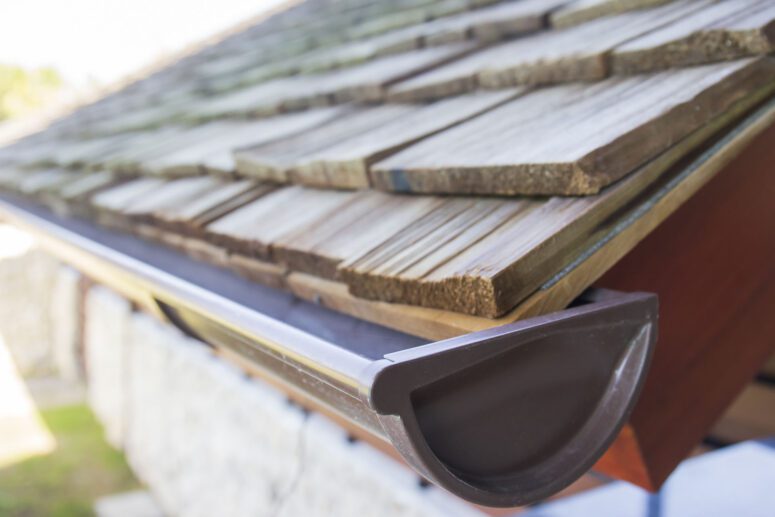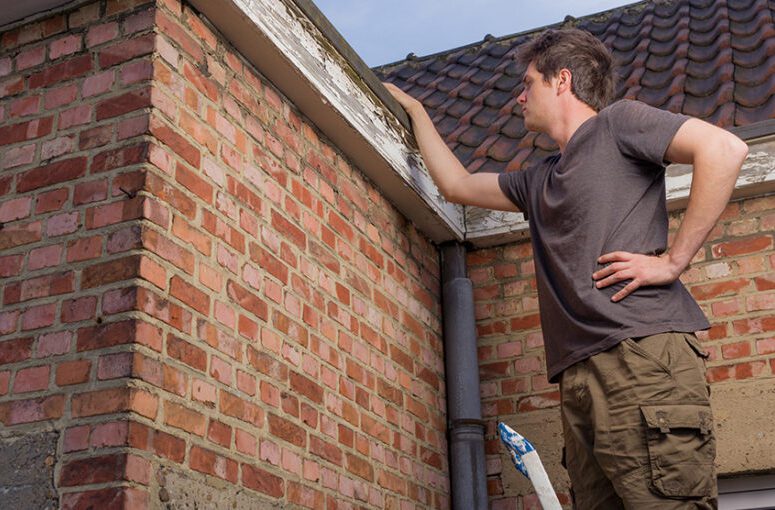If you’re planning to replace your roof, you might be wondering what kind of roofing material is best for your home. There are many factors to consider, such as the durability, cost, style, and energy efficiency of different roofing options. But one of the most important aspects is how well the roof can withstand the weather conditions in your area.
Different climates have different challenges for roofs, such as heat, cold, rain, snow, hail, wind, and fire. Choosing the wrong material can lead to premature wear and tear, leaks, mold, and even structural damage. That’s why it’s essential to do some research and find out what roofing materials are best suited for your climate and budget.
In this blog post, we’ll review some of the most common roofing materials and how they perform in various climates. We’ll also give you some tips on how to choose the best roof material for your home.
Asphalt Shingles
Asphalt shingles are the most popular roofing material in the U.S., mainly because they are affordable, easy to install, and versatile. Asphalt shingles are made of fiberglass or cellulose mat coated with asphalt and mineral granules. They come in different colors, styles, and quality levels.
Asphalt shingles are a good choice for moderate climates that don’t experience extreme temperatures or weather events. They can resist wind, rain, and fire, but they may fade or crack under intense heat or UV rays. They may also be prone to damage from hail or ice dams.
Asphalt shingles have a lifespan of about 25 years on average, but this can vary depending on the quality of the shingles and the installation. Asphalt shingles are also recyclable, which makes them more eco-friendly than some other roofing materials.
Metal Roofing
Metal roofing is a durable and long-lasting option that can withstand harsh weather conditions. Metal roofing is made of metal panels or tiles that are attached to the roof deck with fasteners or clips. Metal roofing can be made of different metals, such as steel, aluminum, copper, or zinc.
Metal roofing is a great choice for hot climates because it reflects heat and UV rays, keeping your home cooler and reducing your energy bills. Metal roofing is also resistant to fire, wind, hail, and snow. It can also handle cold climates well because it sheds snow and ice easily.
Metal roofing has a lifespan of 40 to 70 years or more, depending on the type and quality of the metal. Metal roofing is also recyclable and can be installed over existing roofs, which reduces waste and labor costs.
Slate Roofing
Slate roofing is a natural and elegant option that can add value and beauty to your home. Slate roofing is made of thin slices of slate stone that are cut and shaped into tiles. Slate roofing comes in different colors, sizes, and textures.
Slate roofing is one of the most durable and weather-resistant roofing materials available. It can handle heat, cold, rain, snow, hail, wind, and fire with ease. It also requires very little maintenance and can last for over 100 years if installed properly.
Slate roofing is also one of the most expensive roofing materials on the market. It requires skilled installation and special tools and equipment. It is also very heavy and may not be suitable for some roof structures.
Clay Tile Roofing
Clay tile roofing is a traditional and attractive option that can give your home a Mediterranean or Spanish look. Clay tile roofing is made of clay or ceramic tiles that are shaped into curved or flat pieces. Clay tile roofing comes in different colors, shapes, and patterns.
Clay tile roofing is ideal for hot and dry climates because it reflects heat and UV rays, keeping your home cool and comfortable. Clay tile roofing is also fire-resistant and durable. It can last for 50 to 100 years or more with proper care.
Clay tile roofing is not a good choice for cold or wet climates because it can crack or break under freezing temperatures or moisture. It is also very heavy and may require additional support for your roof structure.
Wood Shingle or Shake Roofing
Wood shingle or shake roofing is a natural and rustic option that can add charm and character to your home. Wood shingle or shake roofing is made of wood pieces that are split or sawn from logs. Wood shingle or shake roofing comes in different types of wood, such as cedar, pine, or redwood.
Wood shingle or shake roofing is a good choice for dry climates because it has good insulation properties and can keep your home warm in winter and cool in summer. Wood shingle or shake roofing is also wind-resistant and impact-resistant.
Wood shingle or shake roofing is not recommended for wet or humid climates because it can rot, warp, or grow mold over time. It is also susceptible to fire and insects and may require regular treatment and maintenance. Wood shingle or shake roofing has a lifespan of 20 to 40 years, depending on the type and quality of the wood.
Choosing the best roof material for your climate and budget is not an easy task, but it can make a big difference in the performance, longevity, and appearance of your roof. Before you decide on a roofing material, you should consider the following factors:
- The climate and weather conditions in your area
- The style and design of your home
- The cost and availability of the roofing material
- The installation and maintenance requirements of the roofing material
- The environmental impact and sustainability of the roofing material
You should also consult with a professional roofing contractor who can advise you on the best roofing material for your home and provide you with a quality installation and warranty.
We hope this blog post has given you some useful information and tips on how to choose the best roof material for your climate and budget. If you have any questions or comments, please feel free to contact us. We’d love to hear from you!



